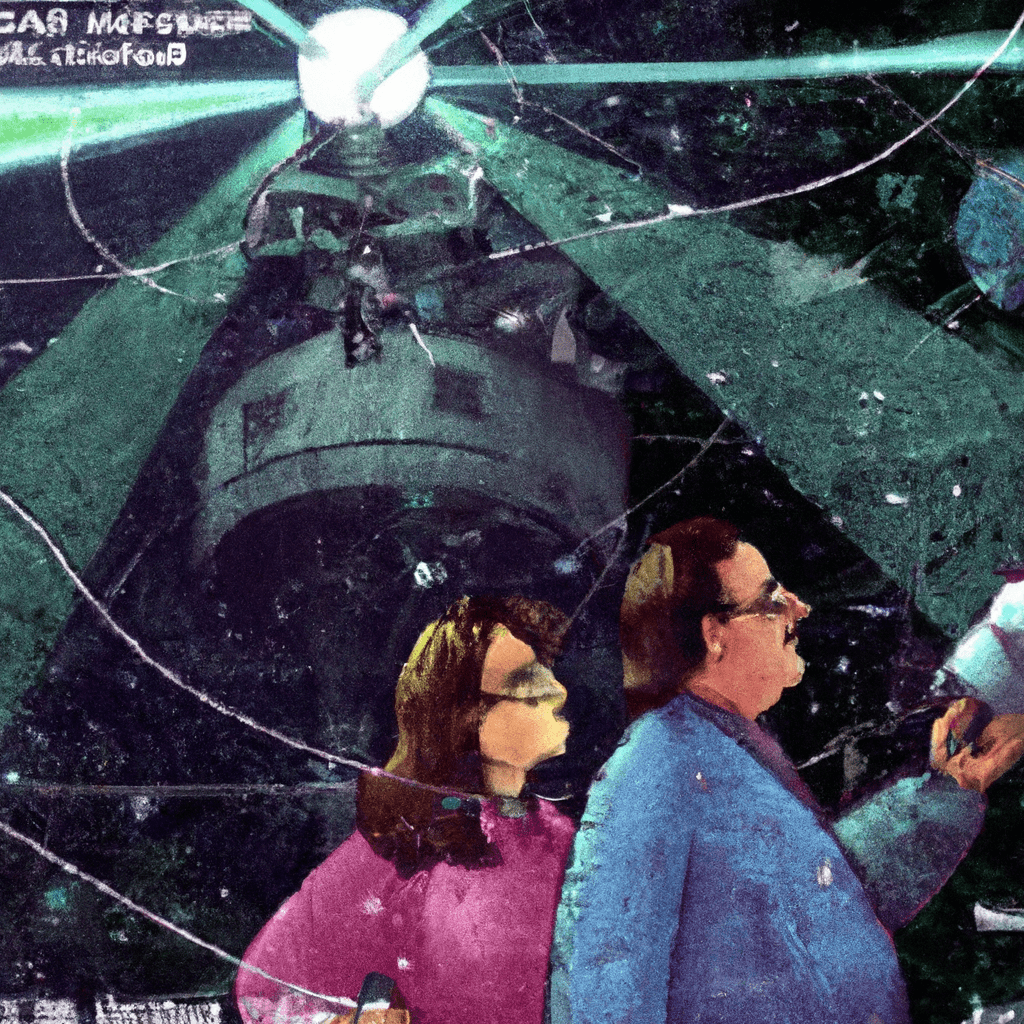The Great Scientific Race: Two Teams, 9,650 Km Apart, on a Quest to Unveil the Secret of Our Existence – Shlok’s Automation
In an epic tale reminiscent of the space race of the 20th century, two teams of scientists, separated by a staggering distance of 9,650 kilometers, are now engaged in a modern-day scientific chase. The stakes in this race are high, and the prize is no less than revealing the fundamental reason behind our existence – the explanation of the origin of matter itself.
Introduction: A Race Against Time and Distance
Situated on two opposing sides of the globe, one team is nestled in the heart of Europe, the other is located in the vast expanse of Japan. Both are relentlessly striving to solve one of the most profound mysteries in physics – why is there more matter than antimatter in the universe? This imbalance is what permits the existence of galaxies, stars, our planet, and ultimately, us. Unraveling this enigma could redefine our understanding of the universe and our place in it.
The Europe-based Team: CERN
In the picturesque Swiss-French border near Geneva, the European Organization for Nuclear Research, better known as CERN, is home to the world’s largest particle physics laboratory. CERN’s T2K (Tokai to Kamioka) project is an ambitious endeavor to study the elusive subatomic particles known as neutrinos. The scientists believe that this could hold the key to the matter-antimatter asymmetry conundrum.
The T2K experiment involves firing a beam of neutrinos from the J-PARC facility in Tokai, Japan to the Super-Kamiokande detector in Kamioka, a staggering 295 kilometers away. By studying the way these neutrinos change as they journey across this distance, the scientists hope to uncover new insights into the nature of these particles and their role in the universe’s formation.
The Japan-based Team: KEK
Meanwhile, in the serene city of Tsukuba, Japan, the High Energy Accelerator Research Organization, or KEK, is also racing to crack the same puzzle. KEK’s Belle II experiment is investigating a different set of particles – B mesons. The team is hopeful that these particles could reveal the secrets of the universe’s initial moments, opening an unseen chapter in our understanding of the cosmos.
The Belle II experiment involves smashing electrons and positrons together at high speeds. This collision generates B mesons, which are then examined for any asymmetry between matter and antimatter. Any evidence of such an asymmetry could help explain why the universe is dominated by matter and not antimatter.
The Finish Line: Unveiling the Cosmic Mystery
Although these two teams are thousands of kilometers apart and are using different approaches, their ultimate goal is the same – to explain why the universe as we know it exists. It’s an exciting race, and the finish line is a profound revelation that could alter our perception of ourselves and the universe.
While it’s too early to predict the outcome, one thing is for certain – the discoveries made along the way will significantly contribute to our understanding of the universe. Regardless of who crosses the finish line first, the real winner will be science and our collective knowledge as a human race.
Conclusion: The Journey Matters More Than the Destination
As these two teams race to unlock the secrets of our existence, they remind us that science is a collaborative effort, transcending geographical boundaries and cultural differences. The quest for knowledge is a shared endeavor that brings humanity closer together, propelling us towards a future of shared understanding and discovery.
In this grand race between two scientific teams, it is not just about who reaches the finish line first. What truly matters is the journey – the trials, the triumphs, and the invaluable knowledge gained along the way. That is the true spirit of scientific exploration, and it is a testament to our relentless human curiosity and our unyielding desire to understand the world around us.
Anurag Dhole is a seasoned journalist and content writer with a passion for delivering timely, accurate, and engaging stories. With over 8 years of experience in digital media, she covers a wide range of topics—from breaking news and politics to business insights and cultural trends. Jane's writing style blends clarity with depth, aiming to inform and inspire readers in a fast-paced media landscape. When she’s not chasing stories, she’s likely reading investigative features or exploring local cafés for her next writing spot.






